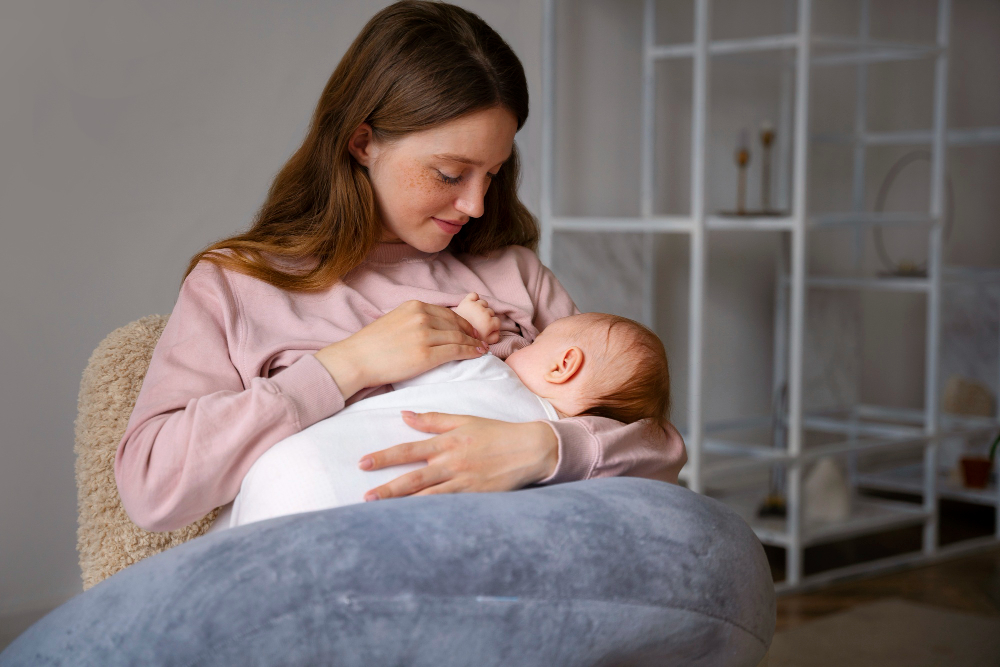Learning to use the potty is an important moment in the life of every child. Putting off not only brings relief to parents, but also becomes a huge step in the development of the toddler's independence. It is worth remembering that it is a time full of emotions and changes that can affect the daily life of the whole family. By learning to use the potty, kids acquire new skills and confidence. However, how to start this process?
How to prepare for the process of discontinuation?
Starting learning to use the potty is an important step in the life of every child and his parents. The right time to repay depends primarily on the readiness of the child, which can manifest in a variety of ways: curiosity of the potty, with a request to change the diaper or longer periods of dry diapers. Most children begin to show these signs between 18 and 30 months of age, although this is one of those issues in which every child develops at their own pace.
Preparation of the environment and equipment is another important element of effective methods of learning to use the potty. It is important to choose the right potty, which will be both functional and attractive to the toddler. You can take into account the potties found in different colors and shapes or those reminiscent of the child's favorite figures. While some children prefer classic models, others may be more likely to use these modern - inspiring to play or learn.
Creating a friendly and comfortable place around the potty also matters. It should be placed where the child feels safe and at ease - choosing, for example, a bathroom close to the playroom or bedroom. This kind of environment conducive to positive experience associated with learning to use the potty and encourages the toddler to explore this new skill without unnecessary stressors. The prepared space can affect children's motivation and support when discovering new opportunities related to personal independence and hygiene.
Recognition of a child's readiness
Before you start the process of discontinuation, the most important thing is to understand when the child is ready to learn to use the potty. Symptoms indicating such readiness can be different and each child goes through this stage at their own pace. If we observe an increased interest in a child in what is happening in the toilet or you will notice that it signals physiological needs, you can think that the right time has come to start this process.
The role of observation is extremely important. Instead of imposing a fixed schedule, it is worth paying attention to the individual signs indicating the toddler's emotional and physical maturity. This may include the ability to withstand longer breaks between diaper change or the ability to take your clothes yourself. In each case, the most important thing is that the process of learning to use the potty by a child takes place in an atmosphere of comfort and without pressure.
It is also worth emphasizing emotional signals - if the child begins to show fear of the potty or active participation in this new routine, this may indicate a lack of readiness. That is why patience and positive approach from parents are fundamental here. Every toddler has a unique development rhythm and it is important that he is prepared to take this step according to his own needs and possibilities.
Choosing the right potty
There are many types of potty on the market, including simple plastic models, as well as more modern variants with additional functions, such as music or lights. Plecapers can take a variety of shapes - from classic to those reminiscent of e.g. cars. When choosing a potty, it is worth considering which model will attract the child's attention the most and will make using it a pleasure.

When choosing a potty, safety and comfort of use are also important. It should be stable and suited to the toddler's height. Children can have different preferences about appearance - some love colorful accessories, others prefer minimalist forms. By encouraging children to activity related to the use of the potty, you can choose this attractive model for them. It is worth engaging a toddler in this process and let him decide on the color or pattern of the potty.
Regardless of which model you choose, it is important to adapt it to the child's daily rituals. For example, you can set the potty in a bathroom or room in a visible place and teach your child regularly using it at the time of the day. Combining learning to use the potty with fun and daily activities will help to make this stage more exciting for children.












